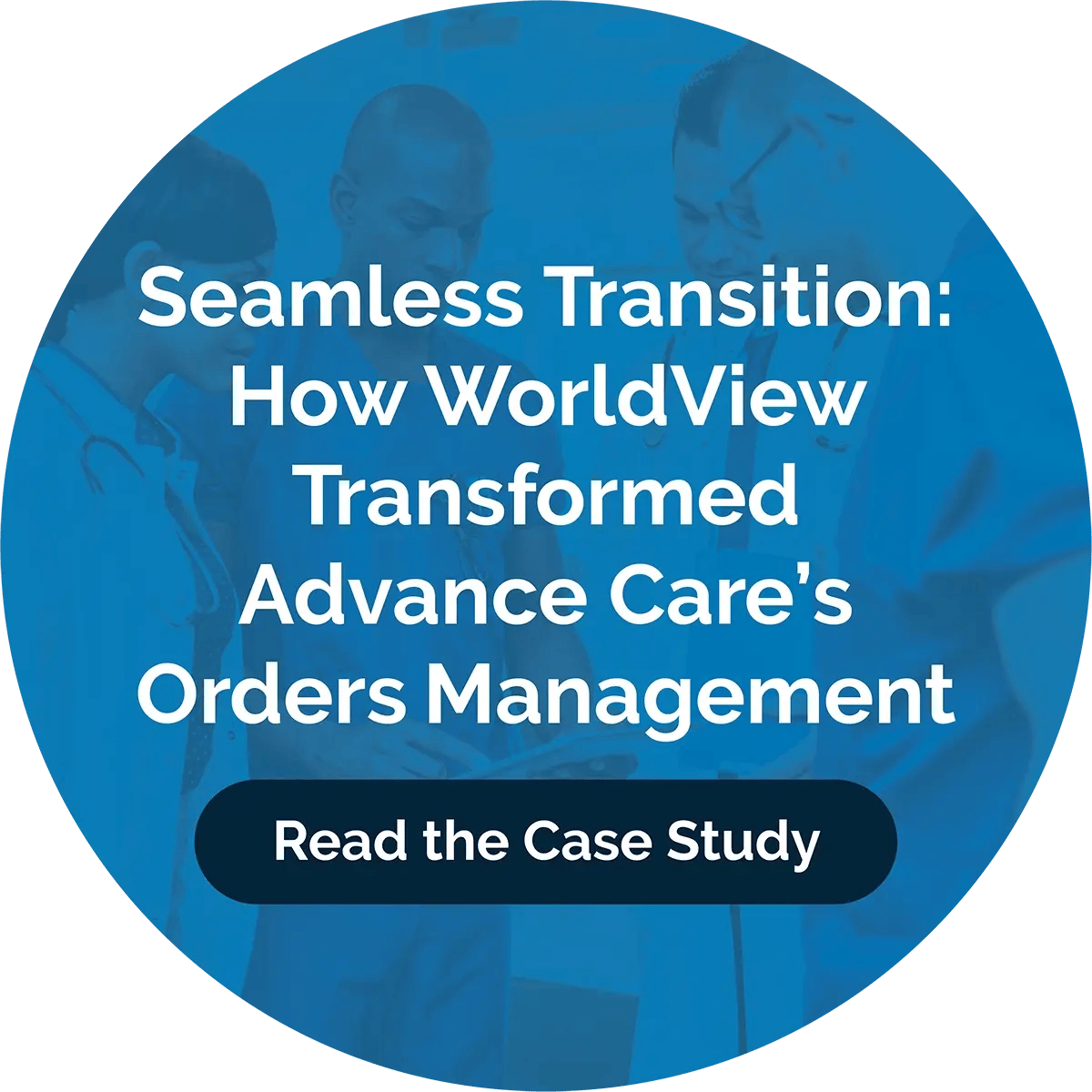End-of-Life Technology in Hospice Care: Pros and Cons

Hospice care is complex and spans multiple providers and services. For some patients, that care happens at home, adding another element for agencies to manage while still delivering the same quality of care. Palliative care technology, or end-of-life technology, can transform how you provide care and increase agency efficiency. However, there are some downsides to weigh against the benefits before you decide to use end-of-life technology in hospice care.
Pros of Using End-of-Life Technology in Hospice Care
End-of-life technology is the collection of healthcare tools that enhance connection and communication among providers, patients and families, and the hospice agency during end-of-life care. This healthcare software has several benefits, including faster referral response times, better document management, and enhanced communication.
Referral Response Time Improvement
Hospice patients often face an uncertain prognosis and intense physical symptoms that can cause high stress, anxiety, depression, and disability. However, early and timely referrals ease patient distress and improve quality of life.
End-of-life technology with referral management tools streamlines the intake and approval process, helping agencies respond faster to referrals. For example, software with custom referral packets gets you the necessary information without time-consuming back-and-forth.
You can quickly integrate the request into your existing systems, review doctors and requirements, and track the referral to admission, all from a central dashboard. Your agency gains greater visibility into the entire referral and planning process, allowing for faster response and approval times.
Avoid Missing Records
End-of-life technology simplifies the document management process. With intuitive workflows and EMR integrations, you can capture each order, medical history, consent form, wound measurement, and signature without delays.
Modern document management software puts all the necessary information in one place. You can auto-request and follow up on medical records and physician orders based on predefined rules. Mobile capture features allow providers, nurses, and admin staff to upload documents from anywhere and automatically route them to users based on rules.
Other features, such as barcoding and keywords, classify, filter, and assign documents. Notify the right team members of new assignments and track the records as needed. The result is an intelligent and efficient process that generates complete medical records.
Facilitate Communication and Emotional Support for Patients and Families
Communication among providers, agencies, patients, and families is essential during hospice care because patients need more emotional support. Technology simplifies information sharing between agencies and patients so you can focus on support and care at each visit.
With modern hospice care software and mobile applications, providers can update medical records remotely. Physicians and nurses can stay current on patient status and seamlessly continue care between visits and staffing schedules.
Secure messaging features also facilitate communication between providers. Staff can tag conversations, share documents, and ask patient-specific questions from anywhere, making it easier to stay in the loop.
Cons of Implementing End-of-Life Technology in Hospice Care
End-of-life technology is not without its risks and disadvantages. As with any healthcare technology, ethical dilemmas and privacy concerns are front and center. Additionally, you may encounter barriers to adoption depending on the format, the hardware products, and the software vendors you choose.
Ethical Dilemmas and Privacy Concerns Surrounding End-of-Life Technology
Healthcare software companies aim to improve business strategy and gain better cash flow, efficiency, and patient care for agencies by using advanced technology and business systems. However, while technology can improve operations, it comes with privacy and data concerns.
Healthcare software gathers detailed and sensitive patient information. Mobile applications also track patients, leading to ethical dilemmas between the importance of efficiency and interoperability between providers and the privacy of patients.
Technology also comes with security risks, no matter how advanced and protected the system. Agencies must consider potential security vulnerabilities, from user control to data privacy. However, agencies can mitigate risks for end-of-life technology by using cloud-based, HIPAA-compliant software solutions with data encryption.
Potential Barriers to Adoption and Integration of Technological Solutions
Agencies also face adoption and integration barriers, especially with an on-premises system. These physical solutions require an IT and development team and maintenance services staff to manage and maintain networks, hardware, and security. The cost of maintenance and hardware repairs alone may be overwhelming.
Software compatibility is another barrier to integration. Agencies often don’t have the time or resources to plan and launch a complete technology overhaul, so software must work with existing business applications.
Give Your Team the Competitive Edge
All-in-one intuitive document management solutions like WorldView transform the hospice care process. With automated physician orders and medical record requests, referral management, mobile applications, and a central dashboard, your agency gains greater visibility and efficiency in patient care.
Securely connect your agency to your team and patients, and simplify home health and hospice care. Learn more about WorldView’s hospice care software.
Get Awesome Content Delivered Straight to Your Inbox!
Posts by topic
- Healthcare
- Business
- AI
- Hospice
- AP Workflows
- Home Care Management
- hospice-care
- General
- Industry Insights
- agency
- Blog
- Commercial
- reporting
- Data Analytics
- billing
- referrals
- News
- Referral AI
- business goals
- Operations
- business development
- partners
- Integration
- Healthcare Trends
- leadership
- Medicare
- Compliance
- audit
- medicaid
- Better Charting
- regulations
- Application
- Automation
- finance
- CRM
- DMSi
- Events
- KanTime
- Press Release
- Revenue Growth
- Announcements
- Artificial Intelligence
- EHR
- ESign
- Guides
- Homecare Homebase
- Mobile
- Physician Order Tracking
- axxess
- clinical
- interoperability
- payor See All See Less


.png?width=596&name=WV%20Hc%20Clinical%201%20Web%20(3).png)
.png?width=596&name=WV%20Hc%20Clinical%201%20Web%20(2).png)
.png?width=596&name=WV%20Hc%20Clinical%201%20Web%20(5).png)